It happens to all new investments. What was a brand new facility is suddenly 30 years old and maintenance problems are multiplying. What can be done to cost-effectively keep things going? This was precisely the challenge faced by the board and management of the Rye, Winchelsea and District Memorial Hospital under the chairmanship of Barry Nealon.
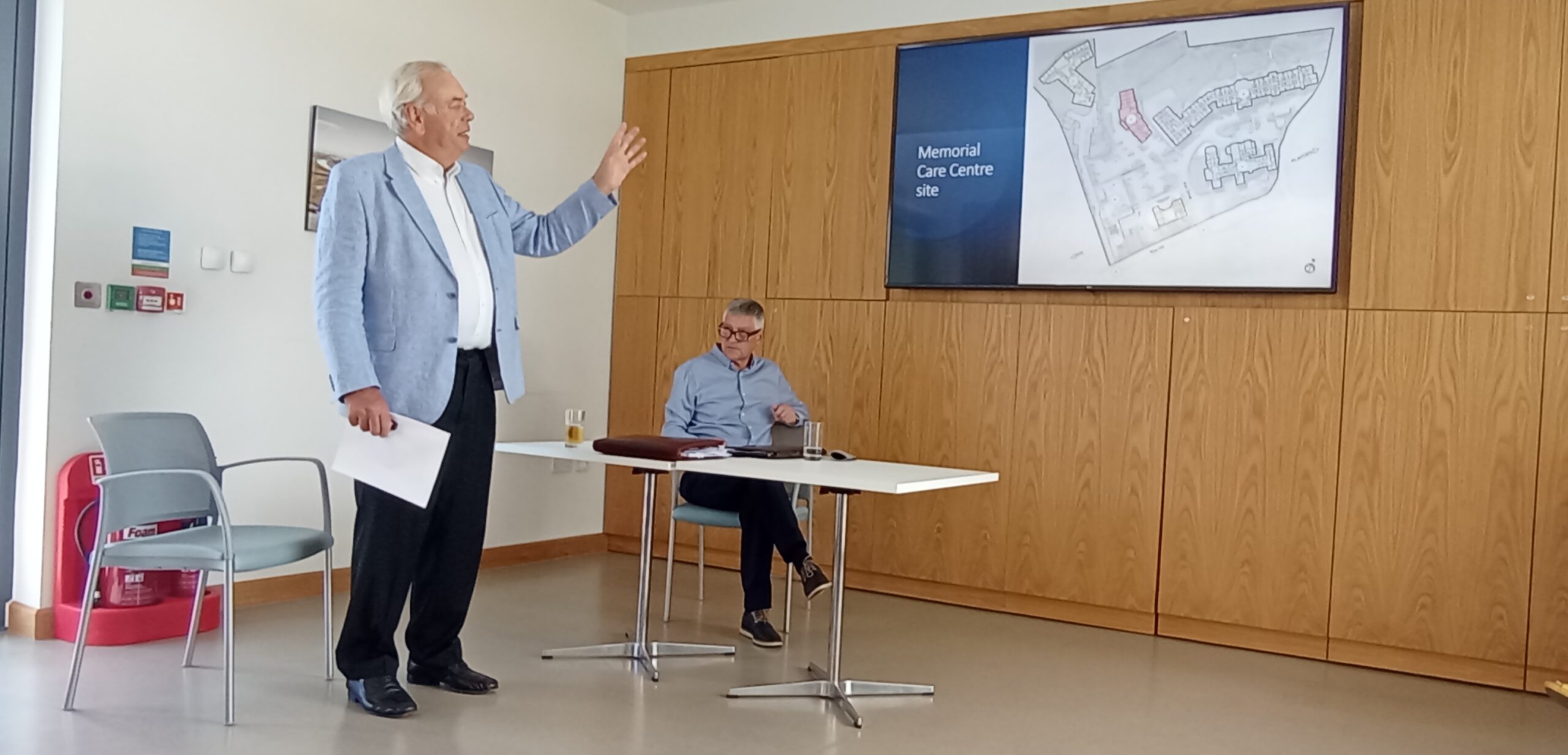
This is where vision comes in because, by combining a practical need with some long-term thinking, the hospital have managed to eliminate the use of gas from its heating and ventilation systems. Rye, Winchelsea and District Memorial Hospital has become the UK’s first community hospital to achieve carbon neutrality.
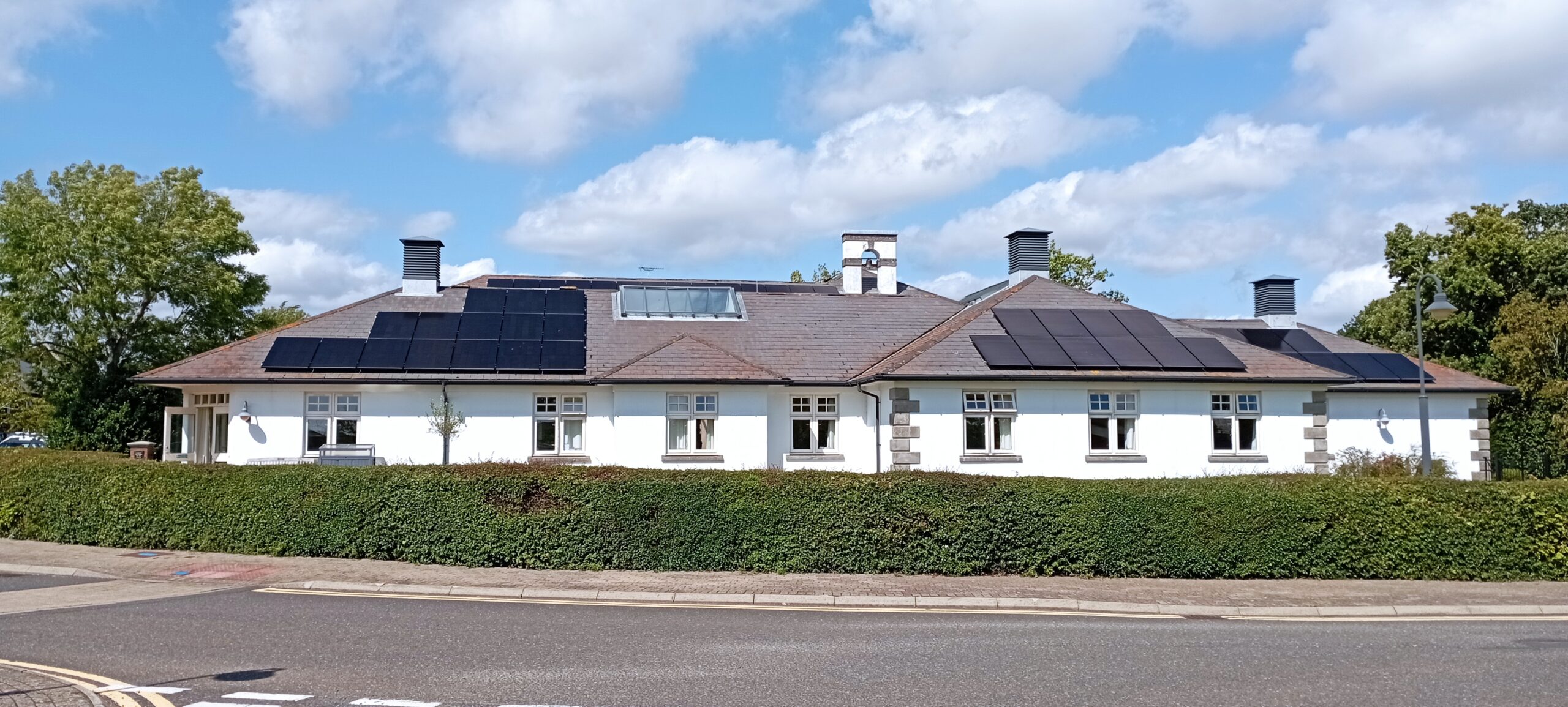
A presentation was held at The Hub on Rye Hill, where hospital chairman Barry Nealon talked us though this fascinating journey and the processes and specialists involved. He was joined by fellow board member and project director Martin Phillips and DMA group managing director Steve McGregor who explained how the final objective was reached. Invited guests included Joe Chadwick-Bell, chief executive, East Sussex Healthcare NHS Trust, Steve Phoenix, chairman of East Sussex Healthcare NHS Trust, Andi Rivett, mayor, Rebekah Gilbert, mayoress, Keith Glazier, leader of east Sussex County Council, members of the hospital board and property maintenance specialist and project manager Kevin Mcguane of DMA.
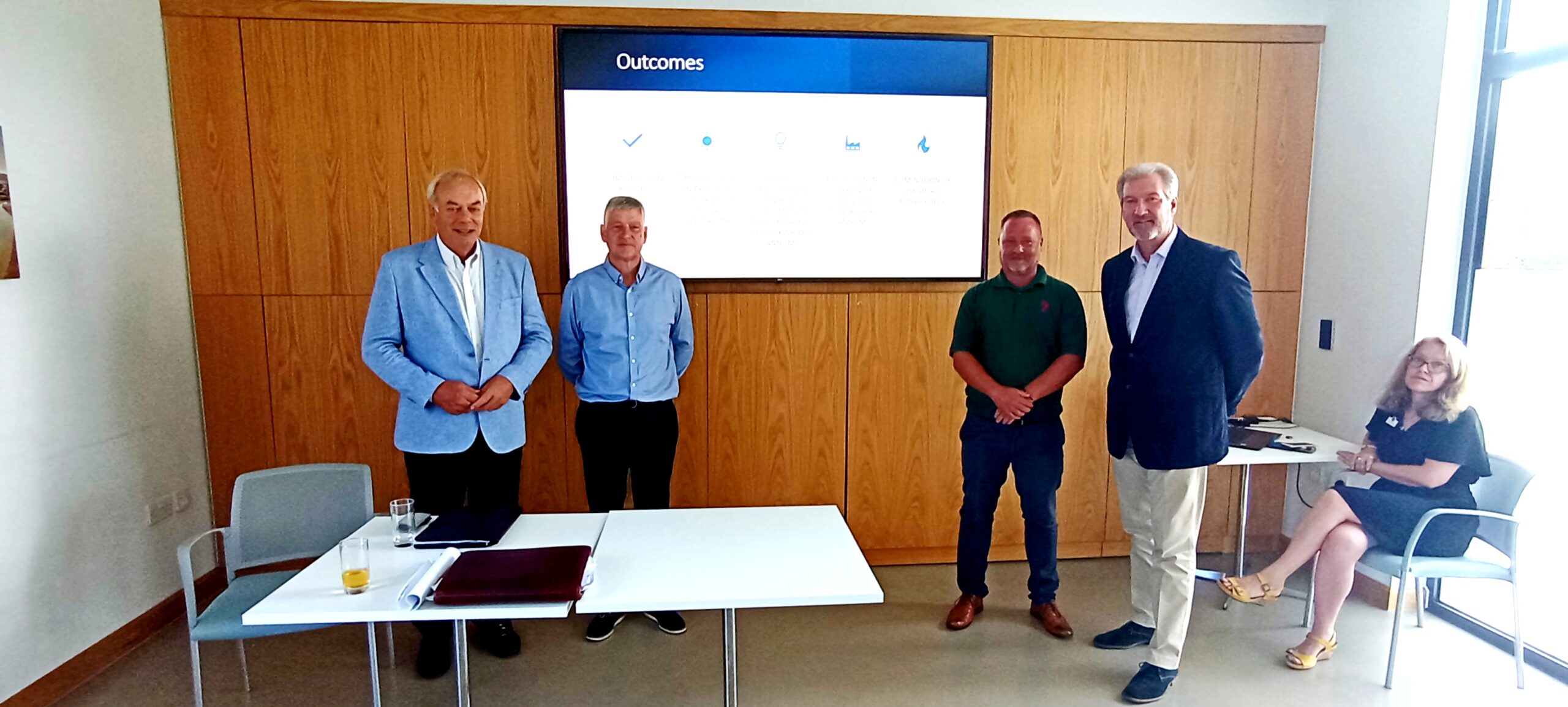
It was confirmed that the installation of the hospital’s new systems was followed by confirmation from its electricity supplier that all power now comes from fully renewable sources such as solar panels and wind power. This means that the hospital has reduced its carbon footprint by 100 percent. By the end of 2024, it is estimated that the overall energy consumption at the hospital will have been reduced by approximately 240,000 kilowatt hours, a drop of 40 percent from 2020 figures. The outcome is a total reduction of approximately 260 tonnes of carbon per annum, the equivalent of planting approximately 4,300 trees during that period.
The project started fairly conventionally, recognising a problem and commissioning an audit to identify problems and consider solutions. But then the board stepped in, requesting a green agenda for the project. This resulted in the involvement of the DMA Group, a 220-year-old Kent based company investing in the latest building management technology. Essential improvements in the infrastructure of the hospital were also incorporated, from improved insulation to better nurse working environments and secure water supplies.
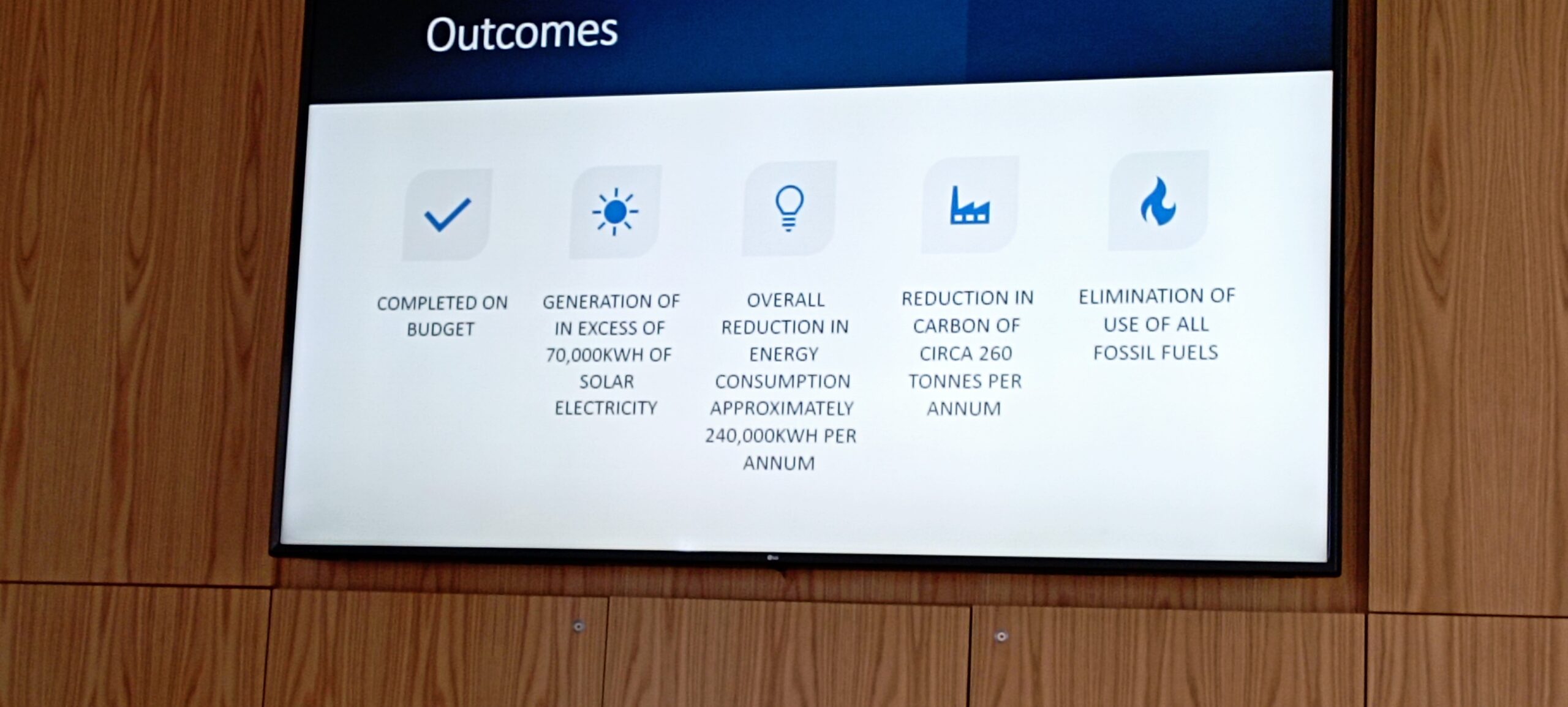
Of course all this comes at a cost, and the £680,000 investment required can only be justified if you consider a 20-year time horizon. But this is the way sustainability investment must be made, making changes now that immediately benefit the environment and provide return on investment over time. A challenge facing all businesses and individuals going forward.
As stated by Steve McGregor, group managing director of DMA: “Projects like this can only be realised by close teamwork, and clear support for a green agenda implemented over a long time frame and incorporating the latest technology.”
The system involves solar panels, nine Tesla batteries and ground source heat pumps, generating around 70,000KWh/year – with everything controllable remotely if required and enabling a complete disconnection from the gas supply. Any additional electricity required is sourced from wind and solar sources only.
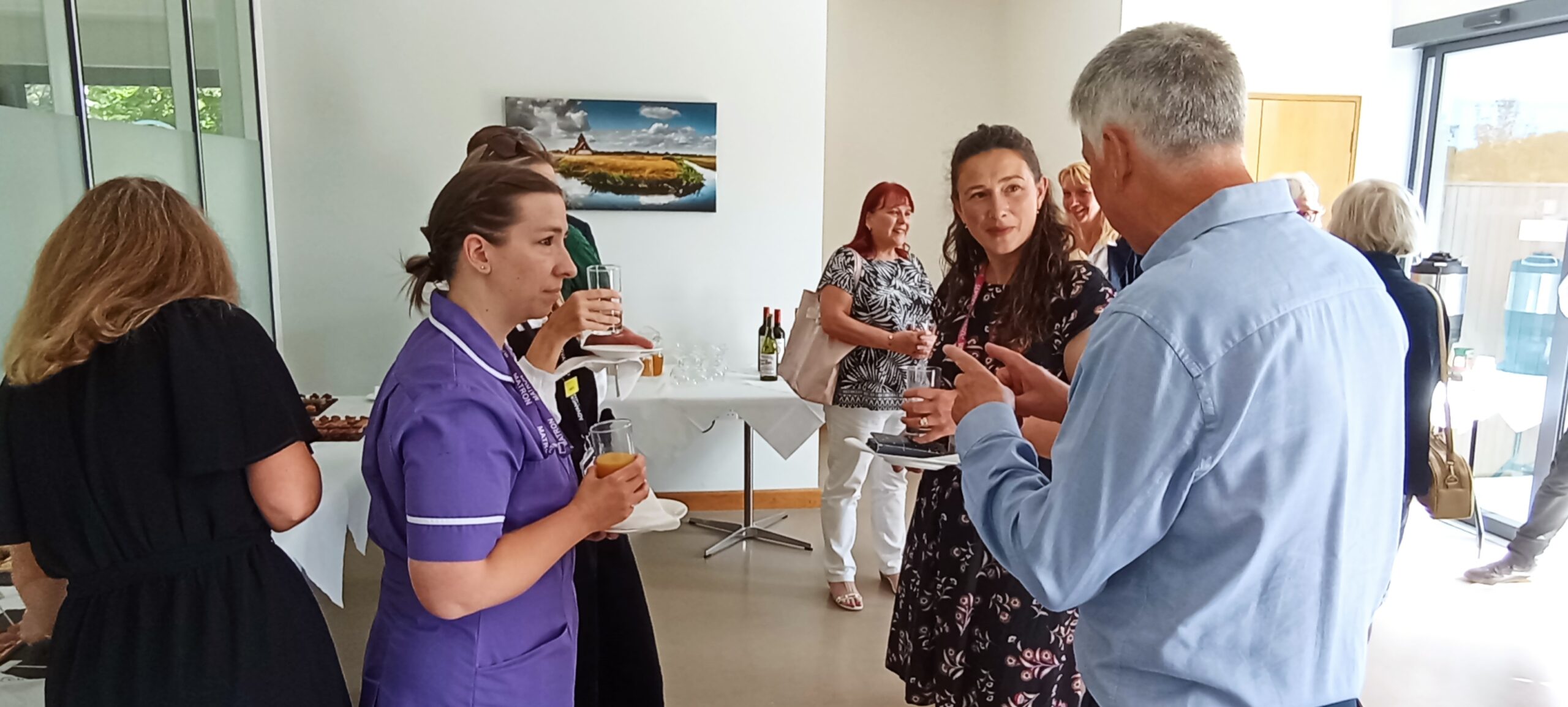
Of course, while this a major step forward it is not a complete solution to the environmental impact of public service facilities such as hospitals. More can, and must, be done locally, for example supporting electric mobility with charging points, and much work remains to be done in East Sussex and nationally in the NHS to reduce the use of environmentally damaging materials in their supply chain.
But, the team at the hospital are certainly making a difference, providing the local community and the NHS with two carbon neutral buildings offering important medical and social services.
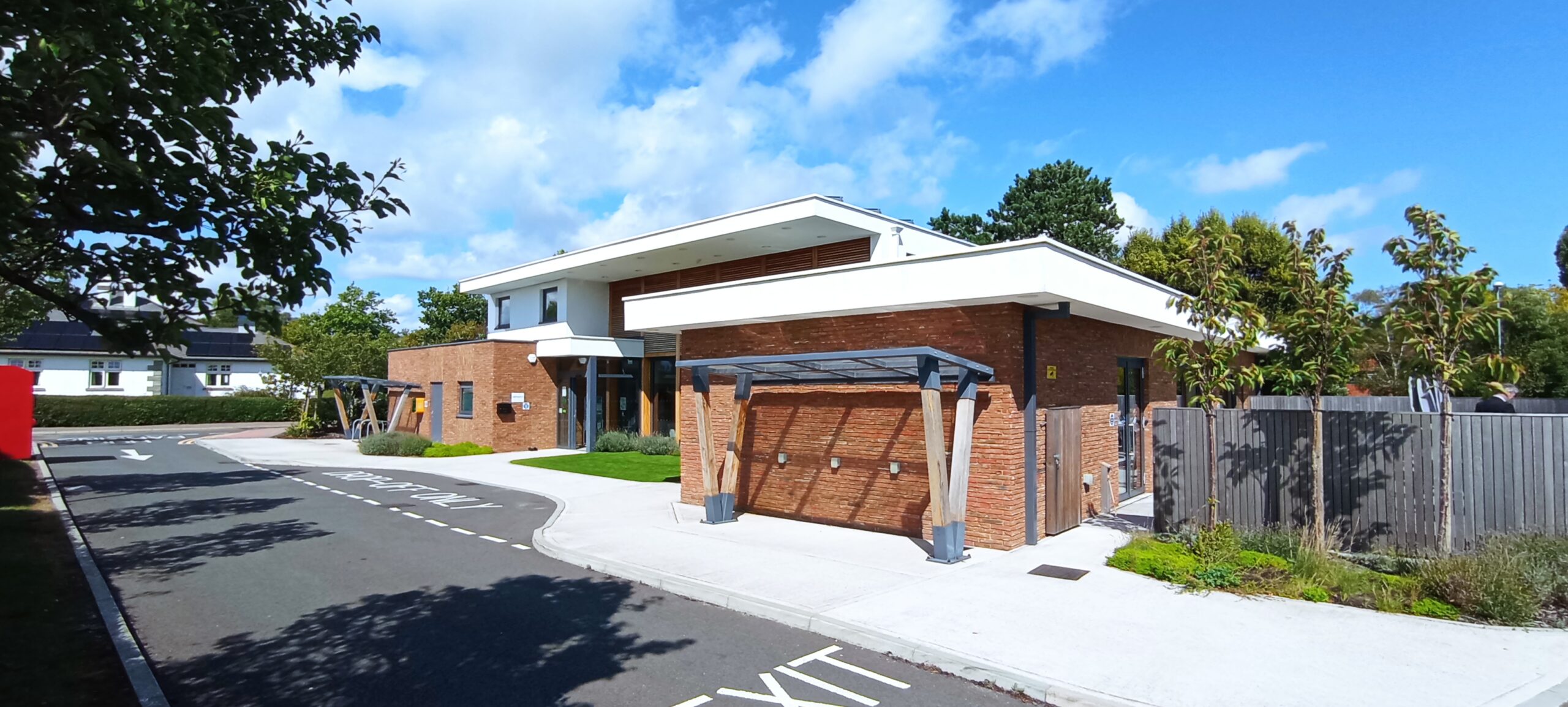
Rye, Winchelsea and District Memorial Hospital have not only achieved their objective but they have set the standards for others to emulate. Such was the importance of this project, it caught the attention of Meridian TV and some of you may have seen coverage broadcast on Tuesday evening.
This has been a superb achievement by all those involved and a proud moment for Rye. The benchmark has been set and hopefully this approach will be taken up by many more businesses and services not just in Rye, but across the whole of the UK.
Image Credits: Nick Forman .



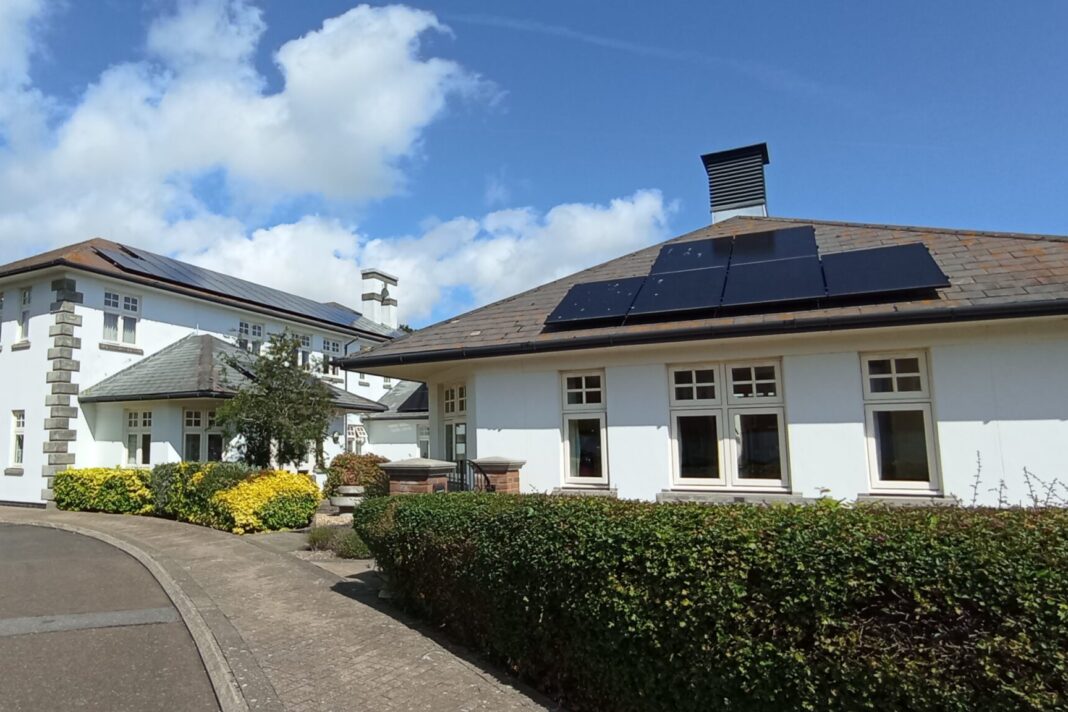
With all this ‘ patting on backs ‘, I would like to know whether the hospital has actually disconnected itself from the National Grid and has a direct link to its electricity supplier, and that that supplier hasn’t just been buying ‘ Green Certificates ‘ to claim 100% renewable, ie ‘ Greenwashing ‘. As most people know the electricity that comes through the National Grid lines is made up of electricity generated in all sorts of ways, and as we have connections to the Europe, some of that electricity could be generated via coal, let alone gas or nuclear from British power stations
Gas is going to be needed in this country for the next 80 to 100 years – just investigate the mathematics regarding the quantity of energy consumed nationally, and the fact that wind and solar as an intermittent source will never replace anything like the figures we are speaking of – in the billions of kWh. Gas represent circa 53% of our total energy consumption. So this project is sadly a hollow gesture at the tax payers expense, which will have absolutely no measurable effect on the environment what so ever. Just think of what good you could really do in the health service with £680k.
I think the point was clearly made that this is a long term investment – it’s part if a vital national strategy. The sort of strategic vision that might have meant our nuclear facilities were not now on their last legs due to under-investment… I’d like to just point out also that I think, whilst gas is definitely the largest single component of our energy mix, it’s actually only 38% (Greenly). Moreover, when we talk of solar and wind as an “intermittent source”, we are bearing in mind that since the invention of the battery, electricity can be stored, right? Just to underline the point, Europe’s largest battery storage system went live in the UK in 2022. So, yes, we have much further to go, but this isn’t folly. Doing nothing is folly…
Huge congratulations to Barry Nealon and team for having the imagination, courage and foresight to implement this extraordinary feat. It does indeed set a standard for others to follow, and demonstrates that as a society, we can move away from fossil fuels really quickly if only the will is there.
In response to Mr Greenhouse’s comment: this is precisely not greenwashing. It is taking real and meaningful action to reduce climate change, reduce fuel bills and provide the type of employment required to meet our future needs. There is no need to disconnect from the grid in order to be 100% renewable. By replicating this type of project up and down the country, the electrical grid can be quickly decarbonised and become much less reliant on imported energy. It’s a win-win-win.
As for Mr Williams’ comment, his thinking is very much stuck in the 20th century. A huge part of weening us off the madness of burning fossil fuels is making better use of the energy available to us, to reduce overall consumption. To then claim this project is a huge expense to the tax payer is an absurd statement. Life cycle costing, making allowance for maintenance and running costs over the lifetime of the building, should be an obligatory requirement for all buildings. The long term benefits – financial, societal and environmental – far outweigh the capital expenditure. There is no place for suicidal climate denial / delayism anymore.
Sadly you didn’t read my comments, my concern was regarding the energy supplier and the claim that it supplies only 100% renewable electricity, therefore the hospital is 100% green. An electricity company that either produces or just supplies electricity made from fossil fuels, can, if they buy enough ‘ Green Credits ‘, then claim they supply 100% renewable energy, that is the Greenwashing I was writing about.
In reply to Mr D Greenhouse, this is a fallacy: if you buy green energy from a company such as Ecotricity or Good Energy who generate their own energy through wind turbines and other means (Ecotricity is soon to start trials on offshore tidal), then it is clearly coming from a renewable source! I doubt very much that a fossil fuel company would be able to buy ‘green credits’ and claim they’re using renewables.